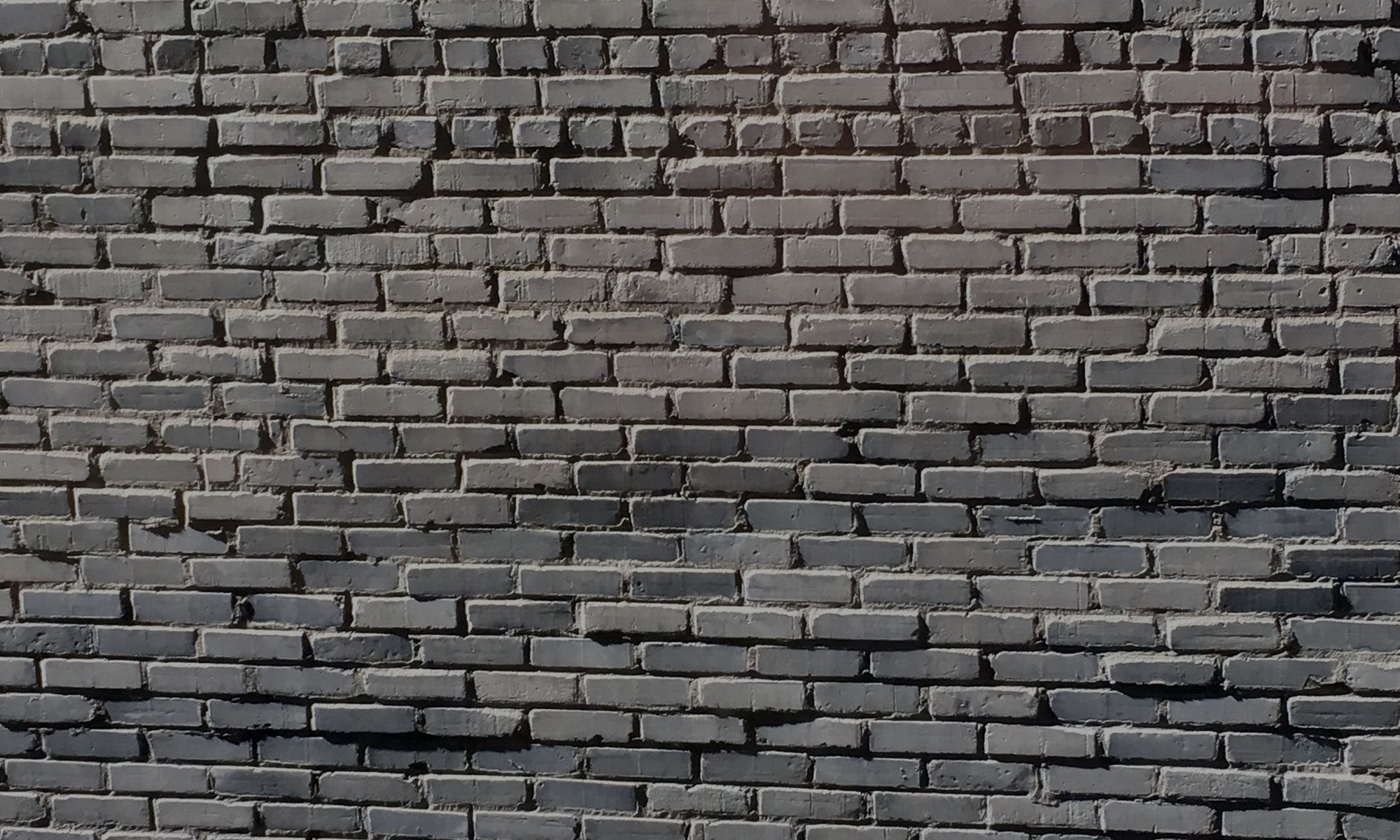Architecture isn’t just about buildings- it’s also about parks, places that are notably building-free. Peavey Plaza is a great park, and also a great exemplar of Brutalism, a form that sounds a lot scarier than it really is.
FULL EPISODE TRANSCRIPT
Hi there! I’m Keith Pille, your art pal.
We’re continuing our exploration of architecture with some more examination of buildings in downtown Minneapolis.
But actually, let’s mix things up now, and *not* talk about buildings. Instead, I’d like to talk about an important aesthetic part of the urban experience, a place where there aren’t any buildings: a park. Specifically, Peavey Plaza, at Nicollet Mall and 11th St., right next to Orchestra Hall.
Parks have been an important facet of urban architecture for a long time now. No survey of great American builders is complete without a look at Frederick Law Olmsted, the landscape architect who most famously designed Central Park in Manhattan. Olmsted argued forcefully that as cities got bigger, they needed park space to provide some relief for the human beings who had to exist in all of the hustle and bustle. He was making these arguments right as the city of Minneapolis really got rolling, and a colleague of his, Horace Cleveland, came to Minneapolis in the 1870s and argued for a strong parks system in the growing city. Minneapolis’ unusually kickass collection of parks was the result. (He did a lot for St. Paul, too, which is why there’s a street named after him over there).
Peavey Plaza isn’t exactly what Cleveland and Olmsted would have had in mind when they imagined urban parks, but it’s a fascinating little space. Opened in 1975 and designed by M. Paul Freidberg and Associates, Peavey Plaza is maybe the most geometric place in town, an acre of hard-edged forms of concrete, metal, and water piled on top of each other. If Olmsted and Cleveland had been arguing in the 19th century for a very pastoral type of urban park, Peavey Plaza is a drastically updated version of what they’re talking about. Rather than being pastoral, it’s extremely urban, as if the city had just up and grown a park out of its own materials.
Peavey Plaza is so emblematic of the dominant American architectural principles of the postwar era that it was added to the National Register of Historic places in the middle of a public debate over whether to maintain it or change it. It’s like someone took those architectural principles, all geometric simplicity and 20th century materials, and made them concrete in the form of a park. Literally concrete, in fact, since that’s by far the dominant material and aesthetic of Peavey Plaza.
And that was another thing I wanted to bring up in the Peavey talk: it’s one of the city’s best examples of an architectural style that gets talked about a lot in the past few years, brutalism. Brutalism is a subtype of modernist architecture that, broadly speaking, executes modernism’s minimalist geometric thing by using raw concrete, resulting in a very distinct look. And if a big part of modernism was the embrace of then-new and exciting building materials, concrete is pretty high towards the top of that list.
The name “brutalism” itself comes, after a few jumps, from the french phrase “beton brut,” meaning raw concrete. But in English, the “brutal” part of the name carries this negative connotation. Like, it just sounds nasty. “BRUTALISM.” That building’s got it in for you. A friend of mine once told me, in what I think was a case of taking things a little too far, that Brutalism was the only type of architecture that was inherently fascist. Which: c’mon, I’m not really buying that. Brutalist buildings can be kind of imposing, if they’re big and blocky and rough-looking from the concrete; and sometimes raw concrete can get kind of dingy-looking and give you sort of a late Soviet vibe (and the Soviets sure did love Brutalism, but that was more from a desire to show off how modern their architecture was than from any inherent authoritarianism in building with concrete). But I don’t know how you can stand in Peavey Plaza on a warm summer day and watch the concrete shapes rising up from the pond, and the metal structure of the fountain gurgling, and take all this in and think that you’re standing in a monument to fascism. It’s a lovely little urban spot, at least as long as it’s not winter. But that applies to just about everything in Minneapolis.

